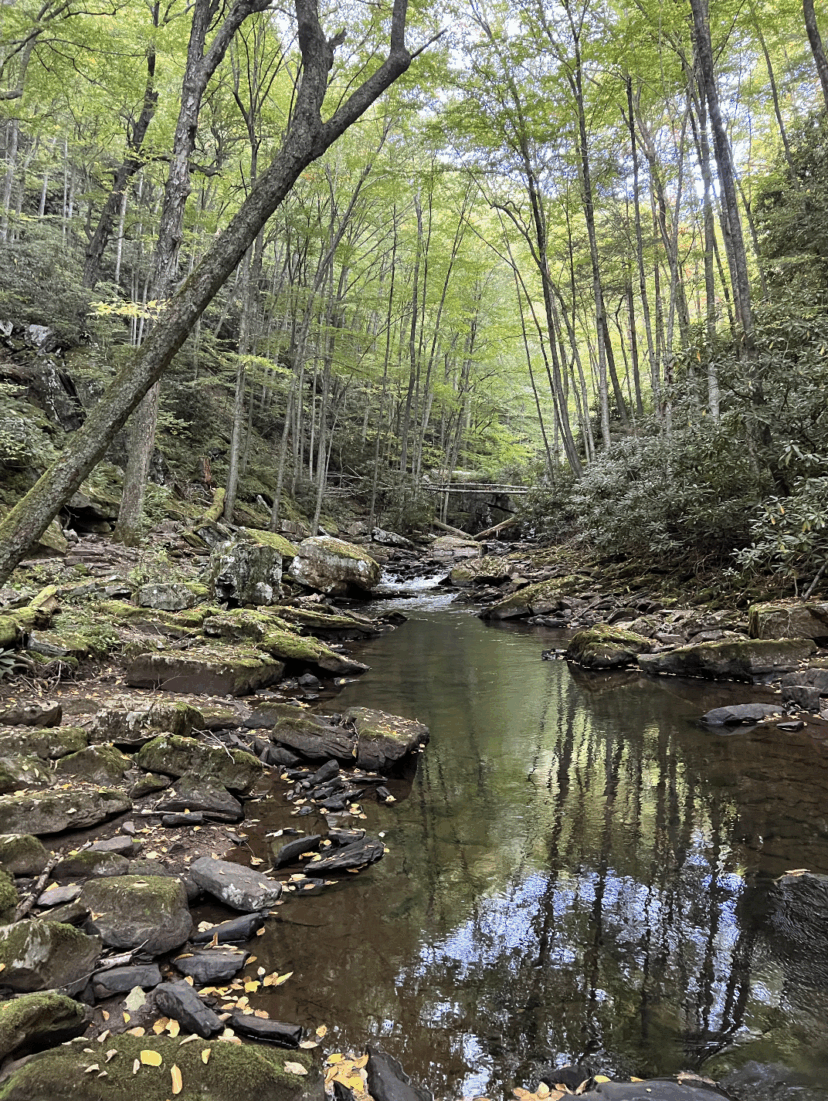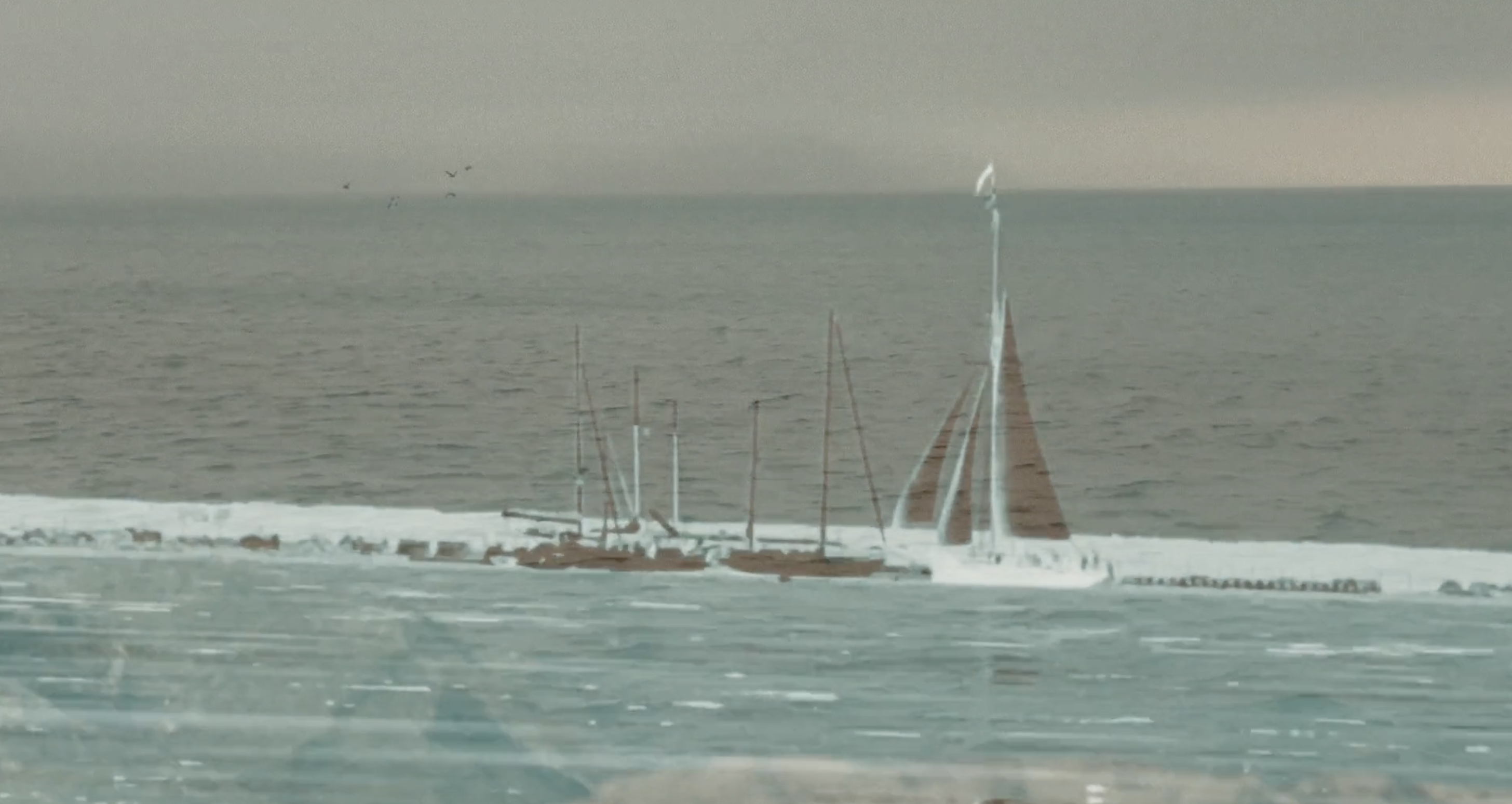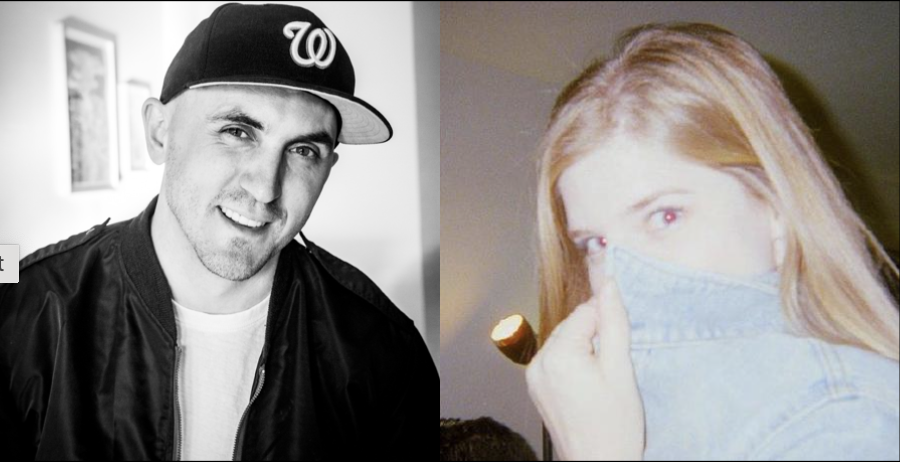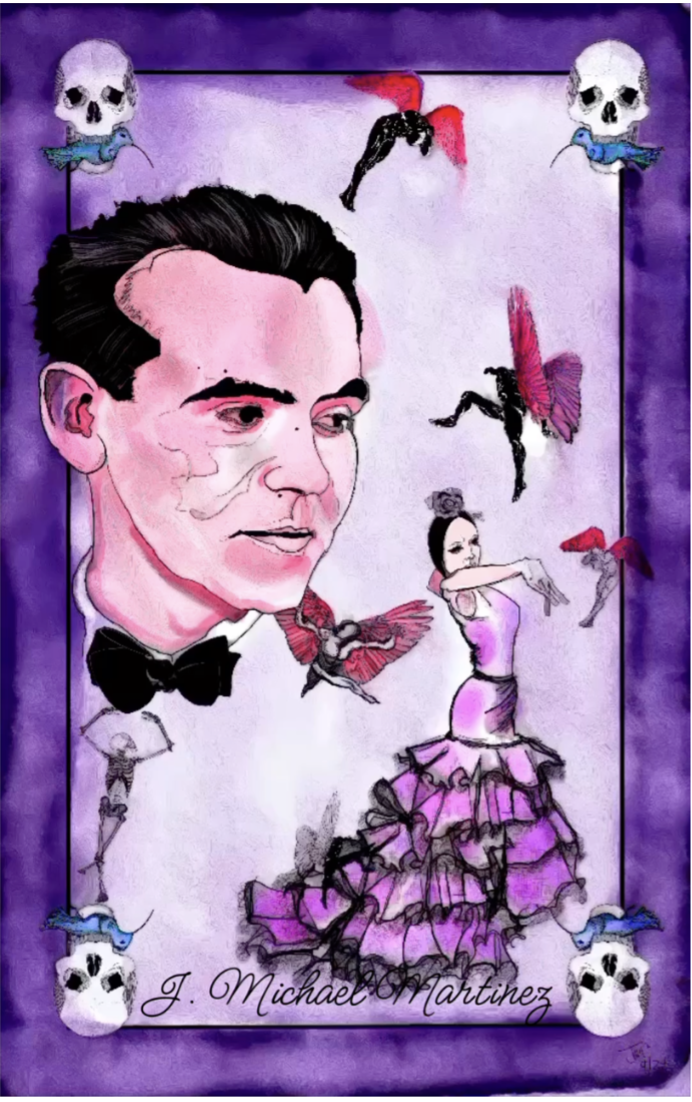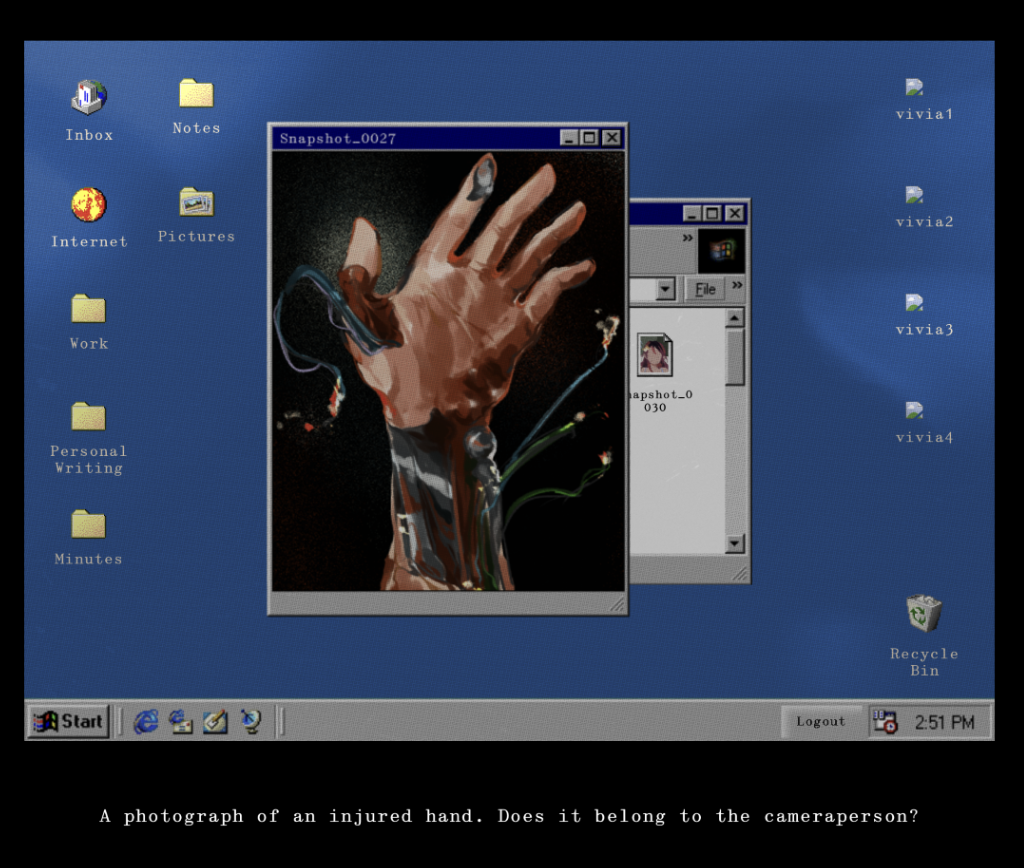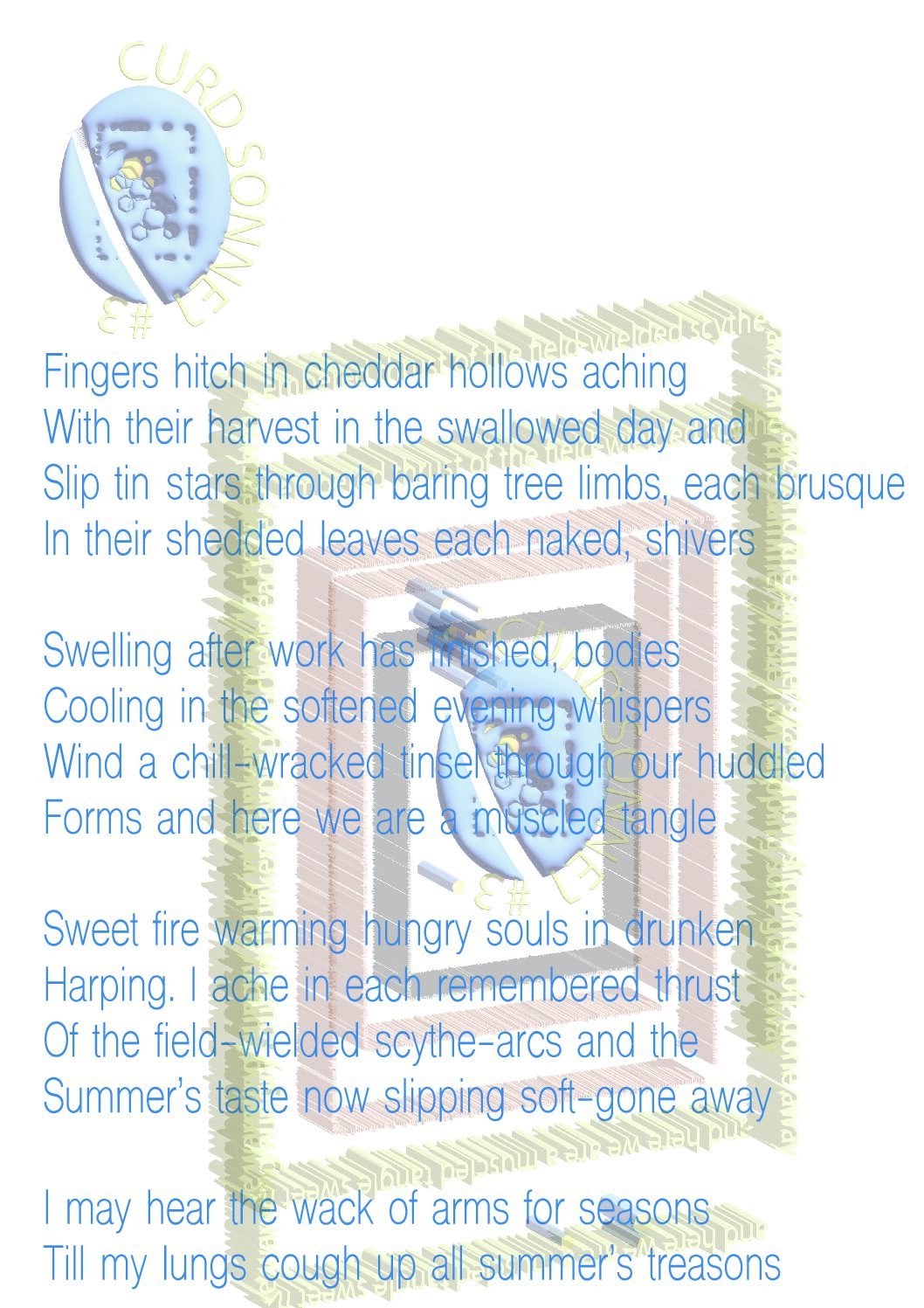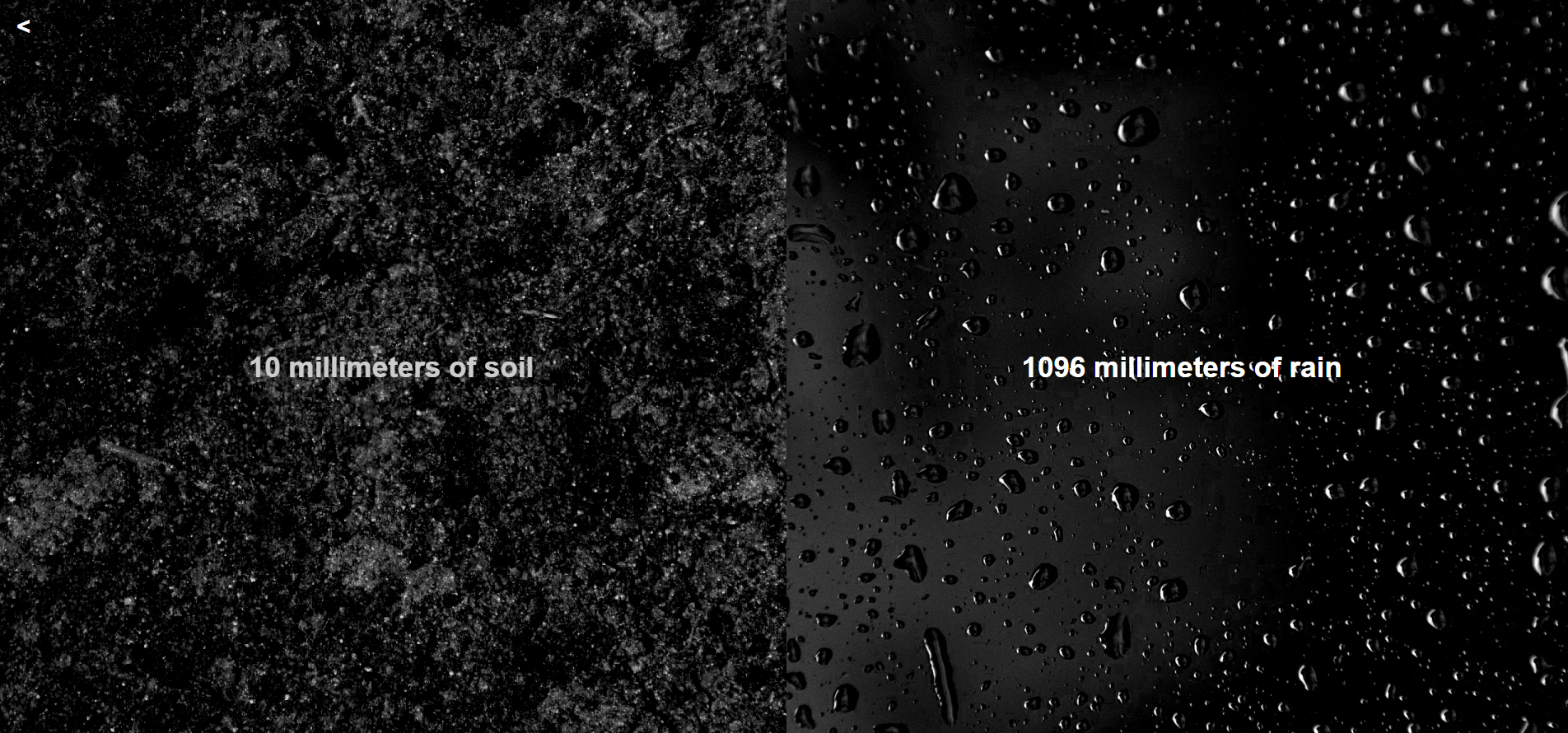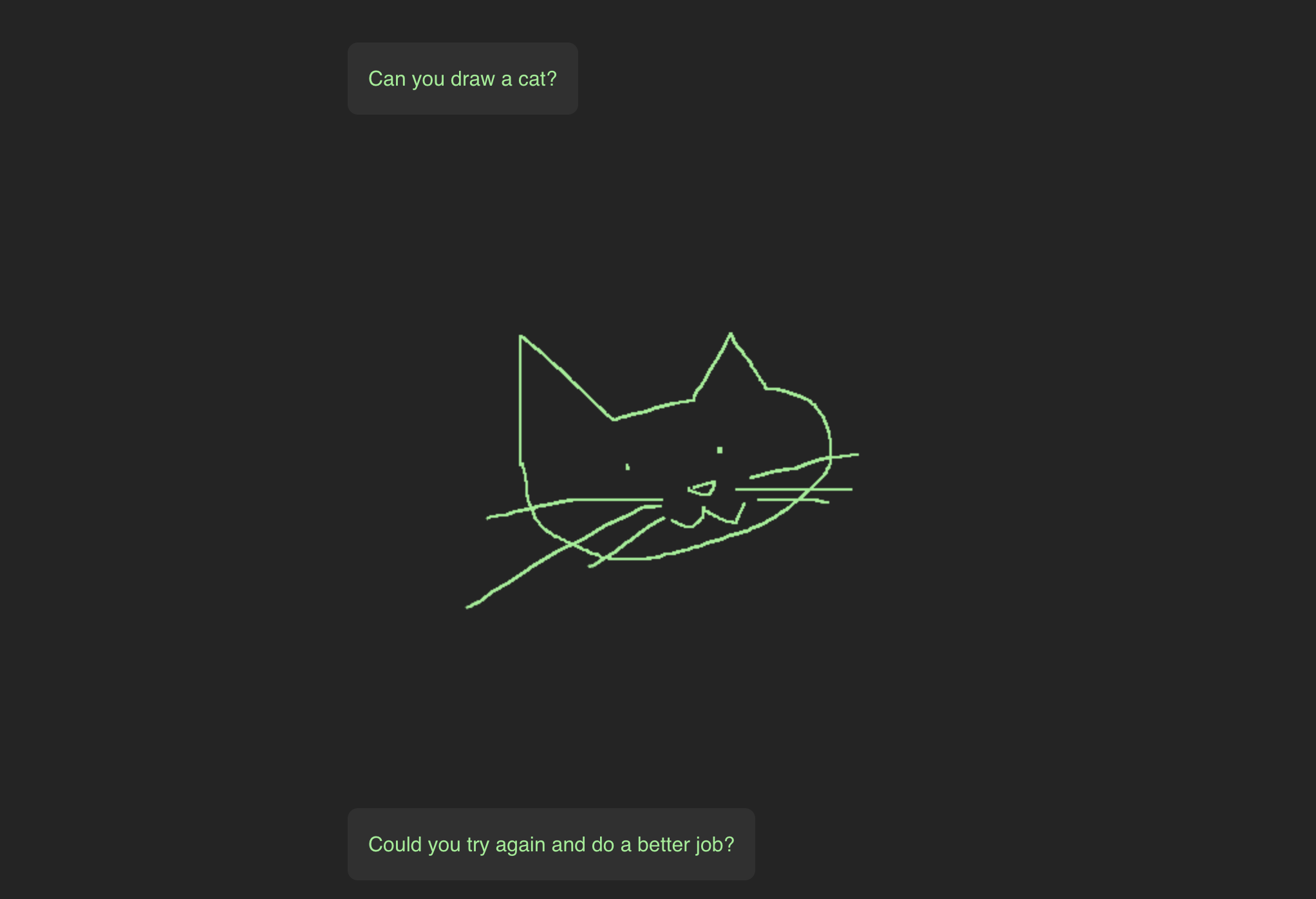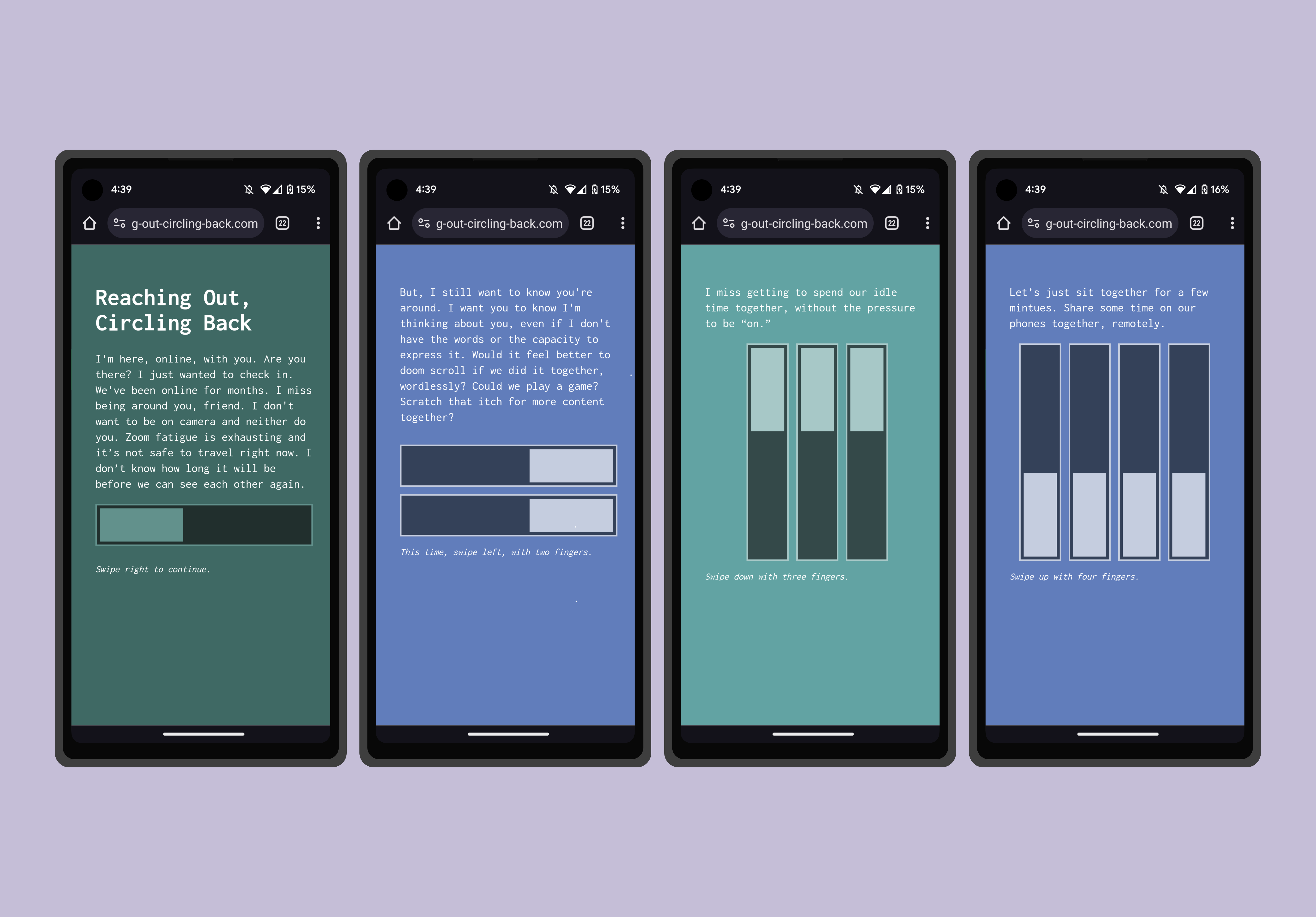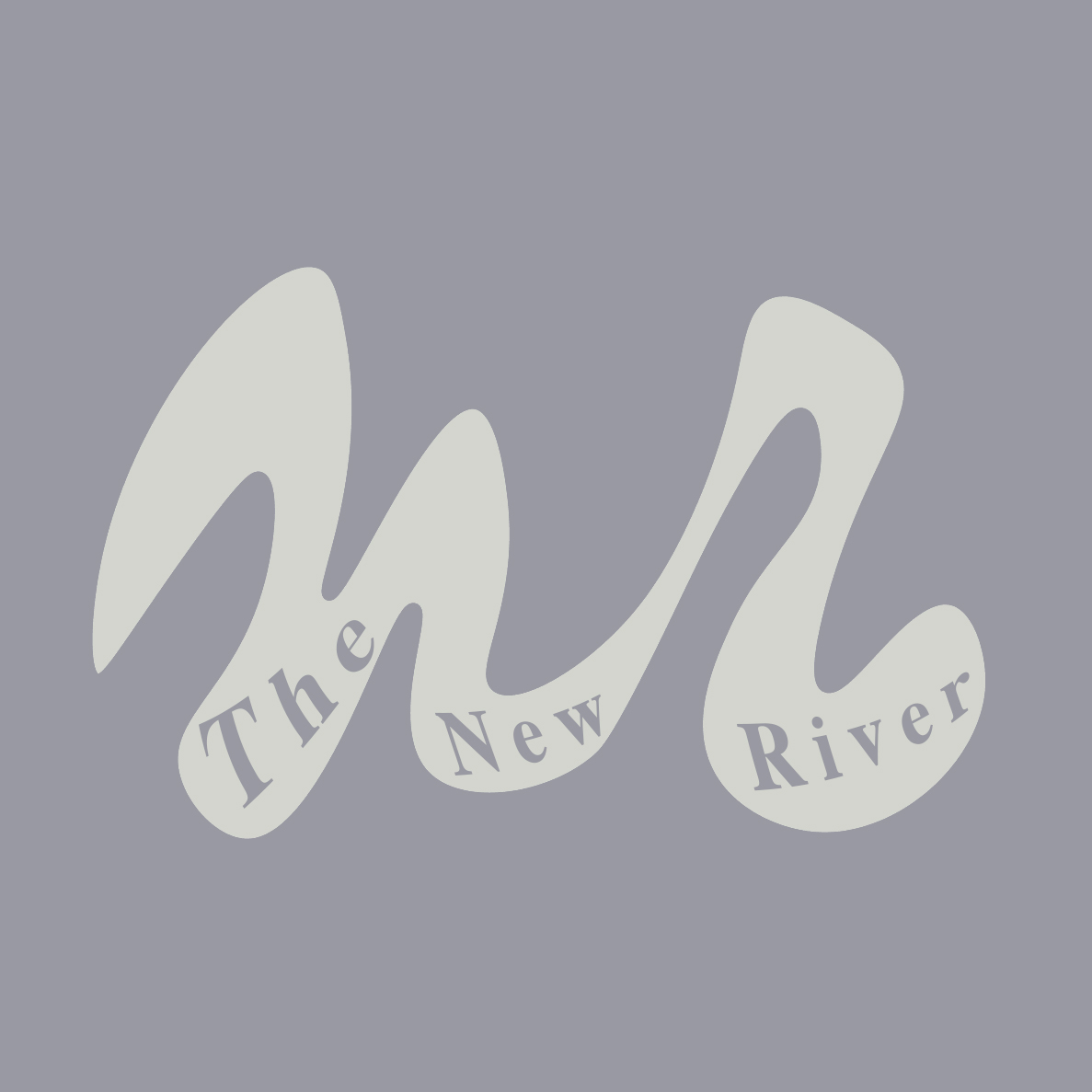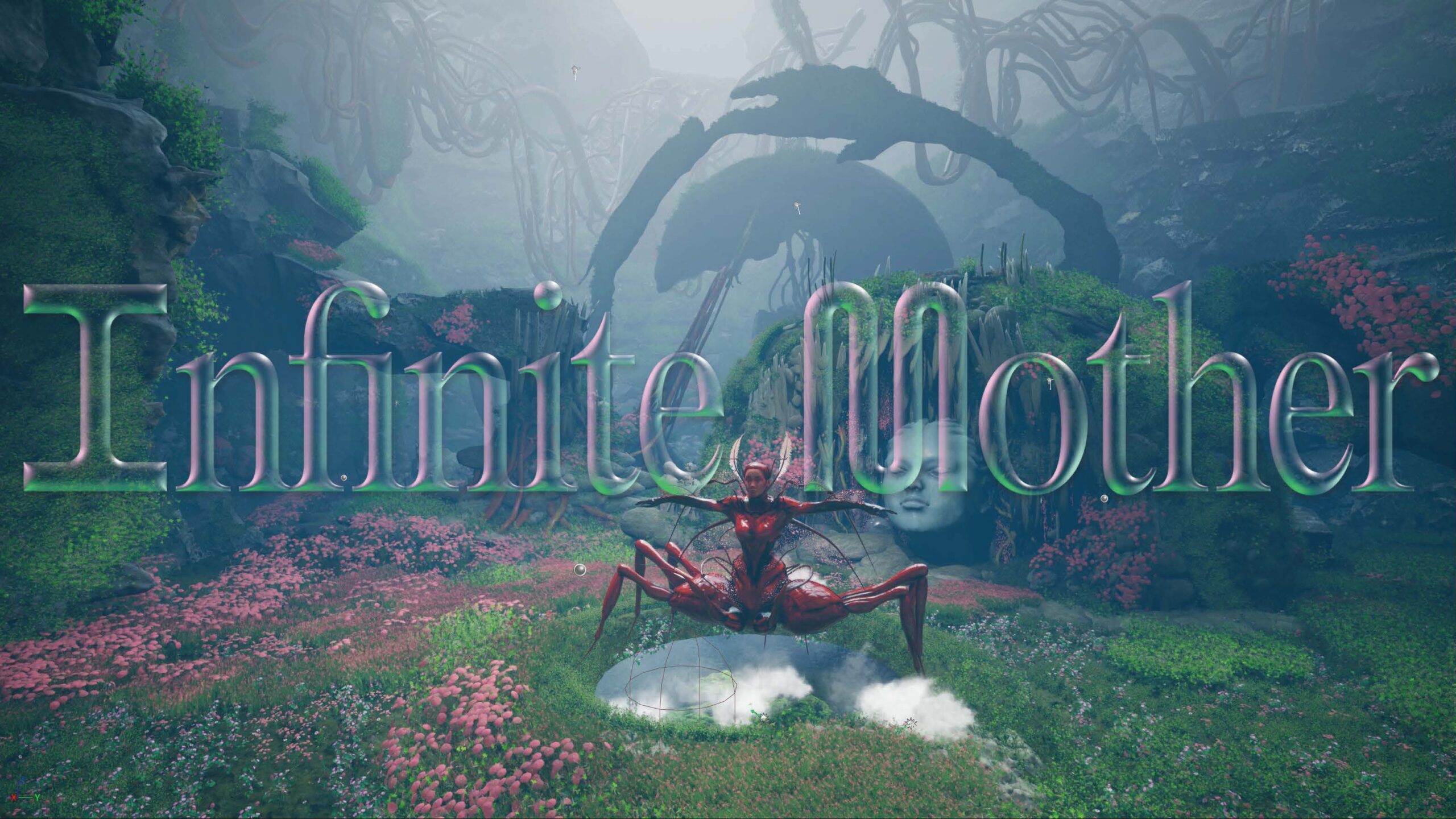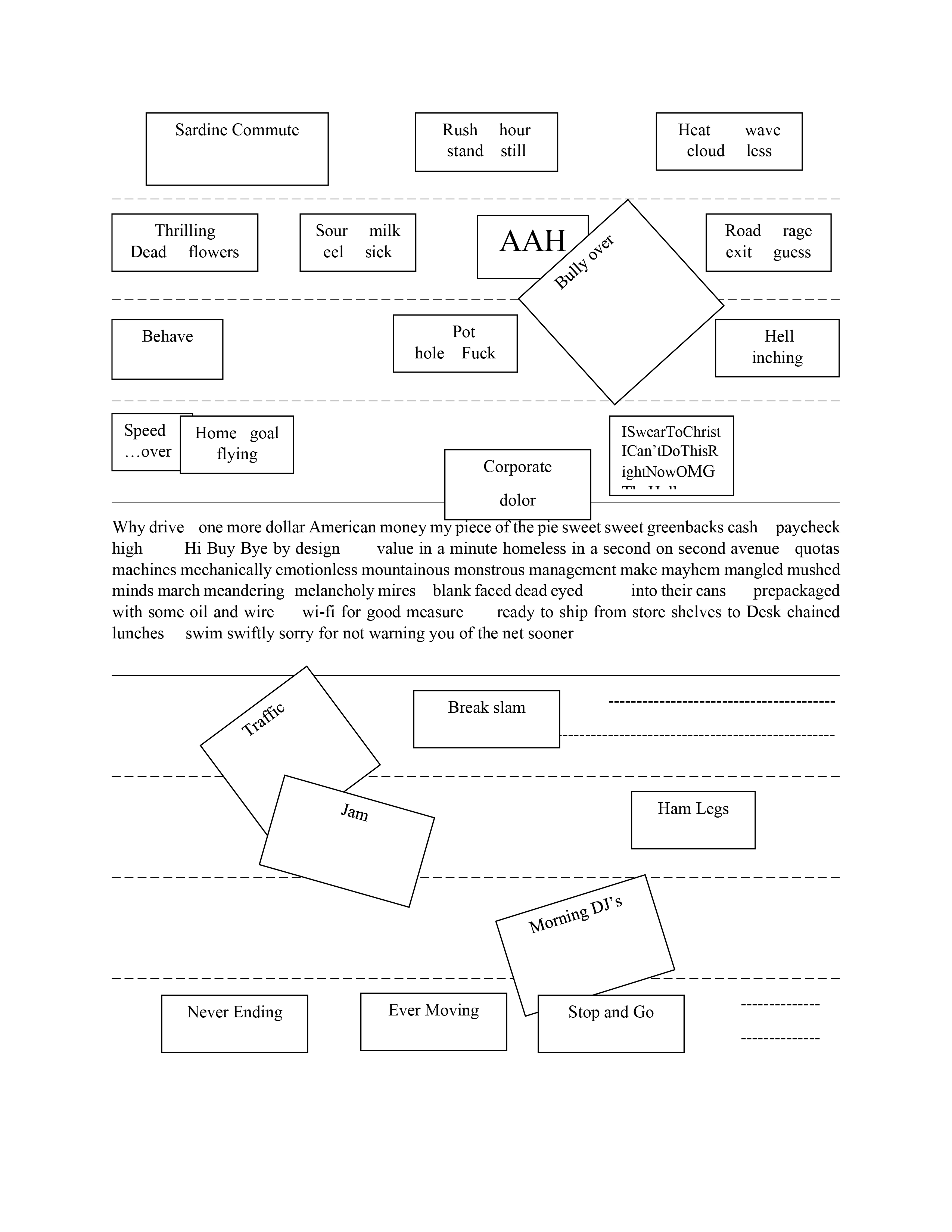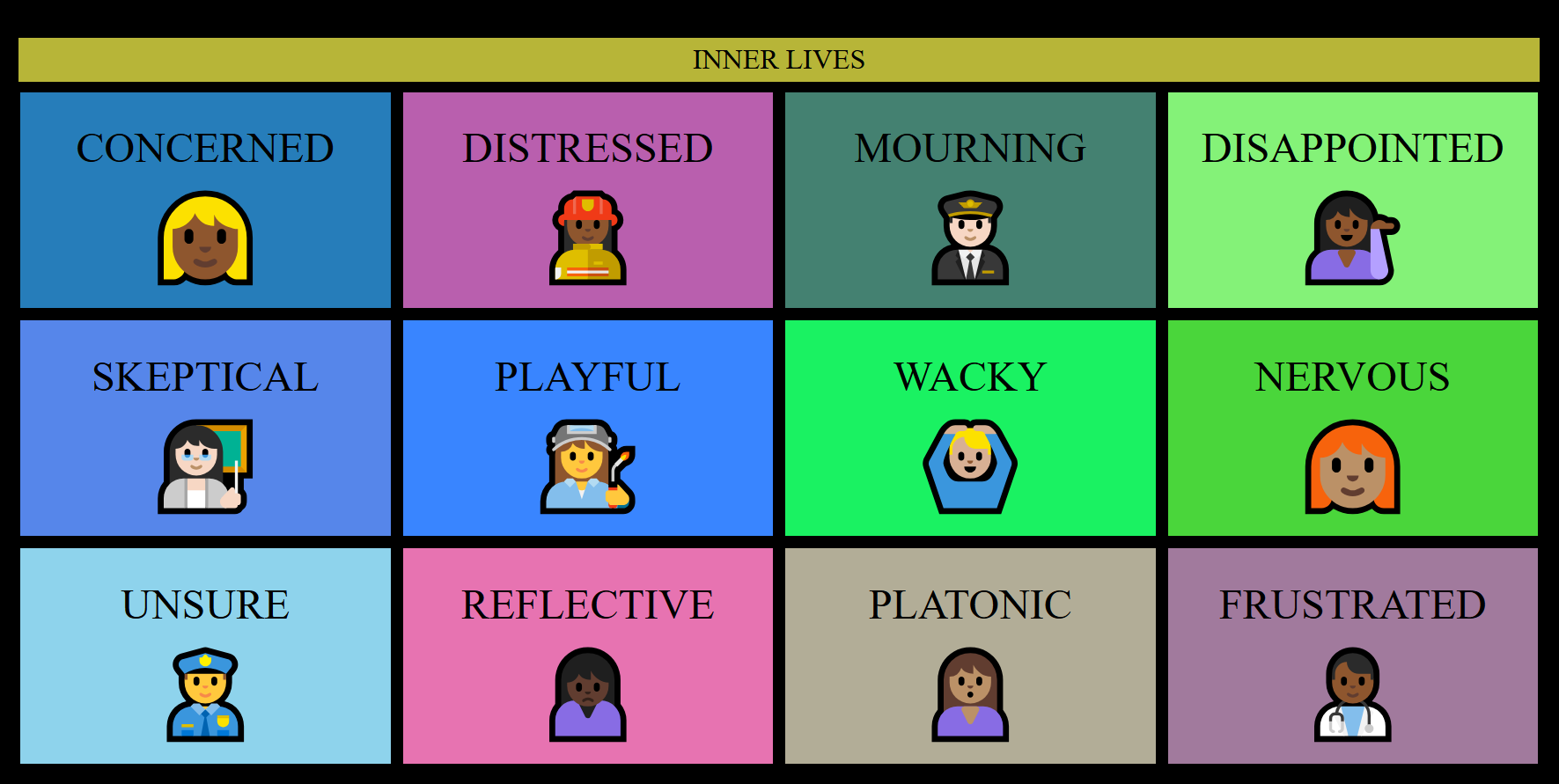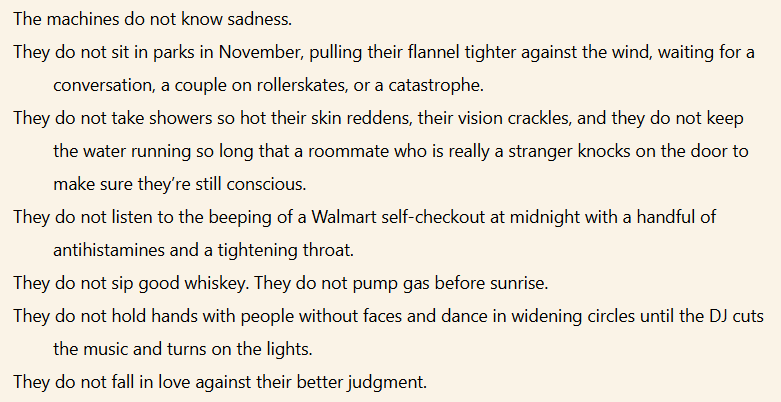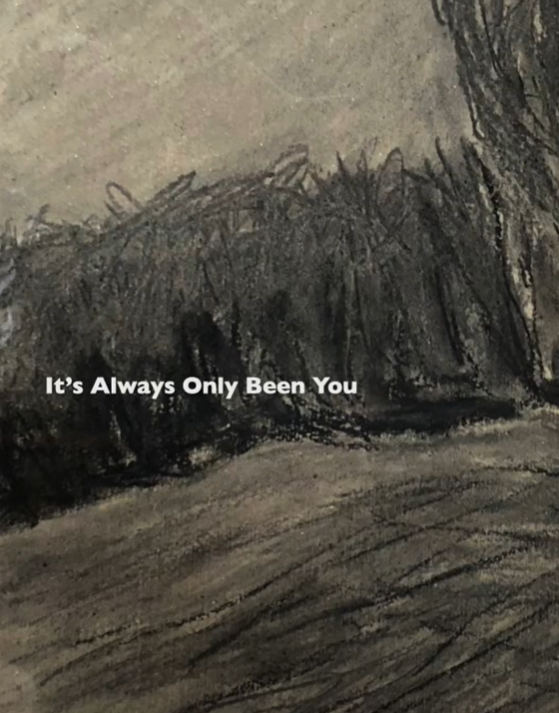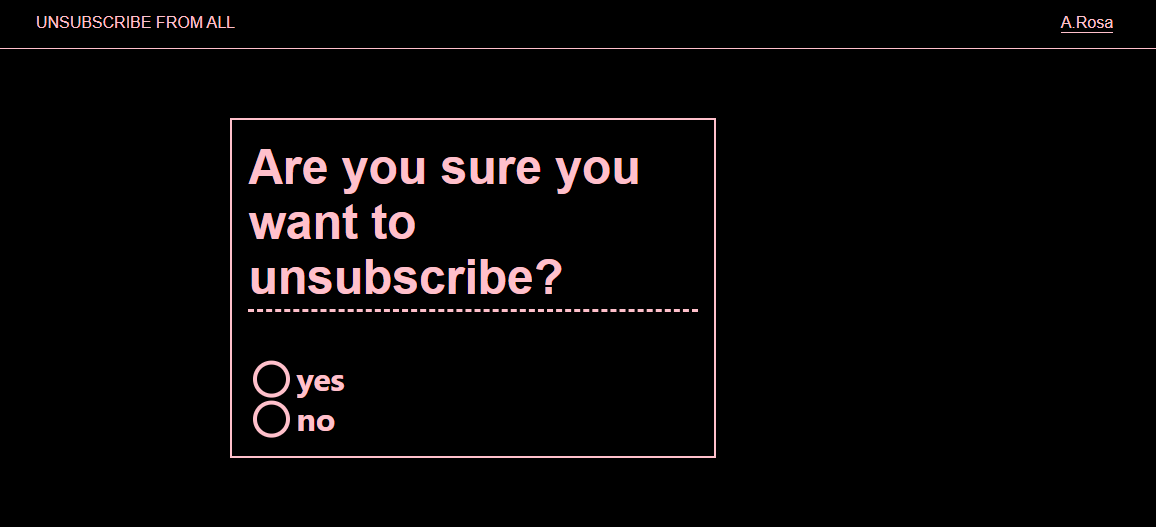Preoccupations
John Cayley, Daniel C Howe
We recommend viewing this piece in fullscreen here.
Preoccupations presents prose-poetic and discursive ‘translations’ between a pair of structurally related texts, set in contemplative rural and conflict-riven urban environments. Words and phrases in each are connected via an associative chain of intermediaries, along which the piece perambulates, with dynamic word-level replacements occurring in real time. These replacements may rhyme, have similar meanings, ‘sound like’ or ‘spell like’ their predecessors. Beginning in one or other of the texts, the piece sets out in the direction of its counterpart. Via a retained history of its path – unique to each iteration – it then attempts to return, shuffling back towards its starting point. Upon reaching, or failing to reach, its destination, it sets out immediately once again, with each journey a transversal – of proximal texts in a high-dimensional vector space – toward the possibility of parallel expeditions, both feared and desired. Where is it that we are taking our daily walks, and why? These are the piece’s preoccupations, when “all space is occupied by the enemy.” (Raoul Vaneigem)
This work was developed from an earlier work a Ramble, as we called it, that explored similar word replacements with a single text. It was a computationally modulated walk in lyrical, quasi-randomly disrupted memory. History and events – in Palestine (at the time of initial development), Syria, now Ukraine, and, let’s not forget, many, many other places elsewhere – made dynamic, semantically implicated journeying within such sheltered confines impossible, and so the closely related ‘urban’ text was composed and reconfigured into Preoccupations.
Initial development of the earlier prototype was undertaken on Observable. Insight into some of the algorithms that we developed can be gleaned from the notebook published last year in the utopian pre-launch Annual of the Language Art Observer (LAOB). Many NLP affordances, with language-art and literary traction, are provided by Howe’s RiTa, a free/open source library for writing in programmable media. Special thanks to John C Yu Zhang for his input and coding assistance, and to Braxton Soderman for initial discussions many years ago.
A note on the visualization: The band around the sentences of Preoccupations indicates real-time affinities with the two underlying rural and urban compositions. The colored sections of the bands represent percentages of words from the two composed texts across four categories: blue for words that appear only in the rural text; red for those that occur in the urban text exclusively. The light green section represents words that are shared by the two compositions, while the purple section represents ‘found’ words: related words discovered during the text’s perambulations that are not found in either of the originals. In the visualization, the purple section is seen to extend from whichever domain is current, moving abruptly from one to the other when a change of domain is triggered. When Preoccupations first starts up, the piece is in the rural domain. It rambles briefly in this domain and then shifts to the urban domain for a spell. After a time, it shifts back to rural again and so on, back and forth forever.

by John Cayley & Daniel C Howe
